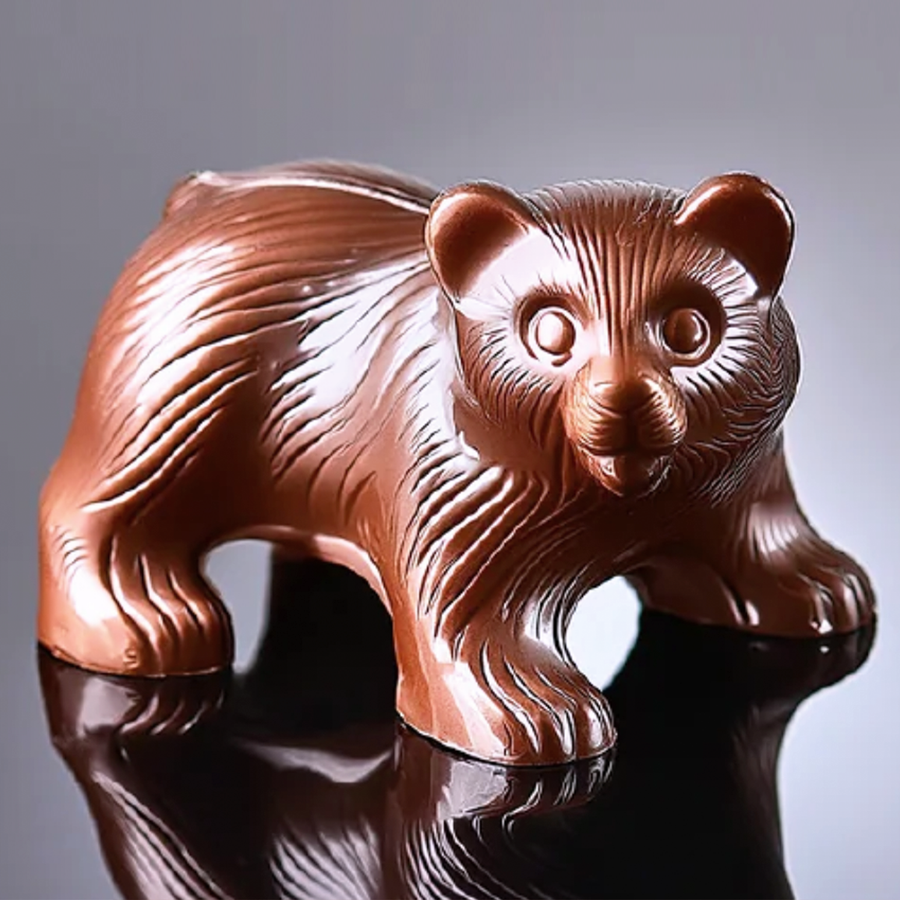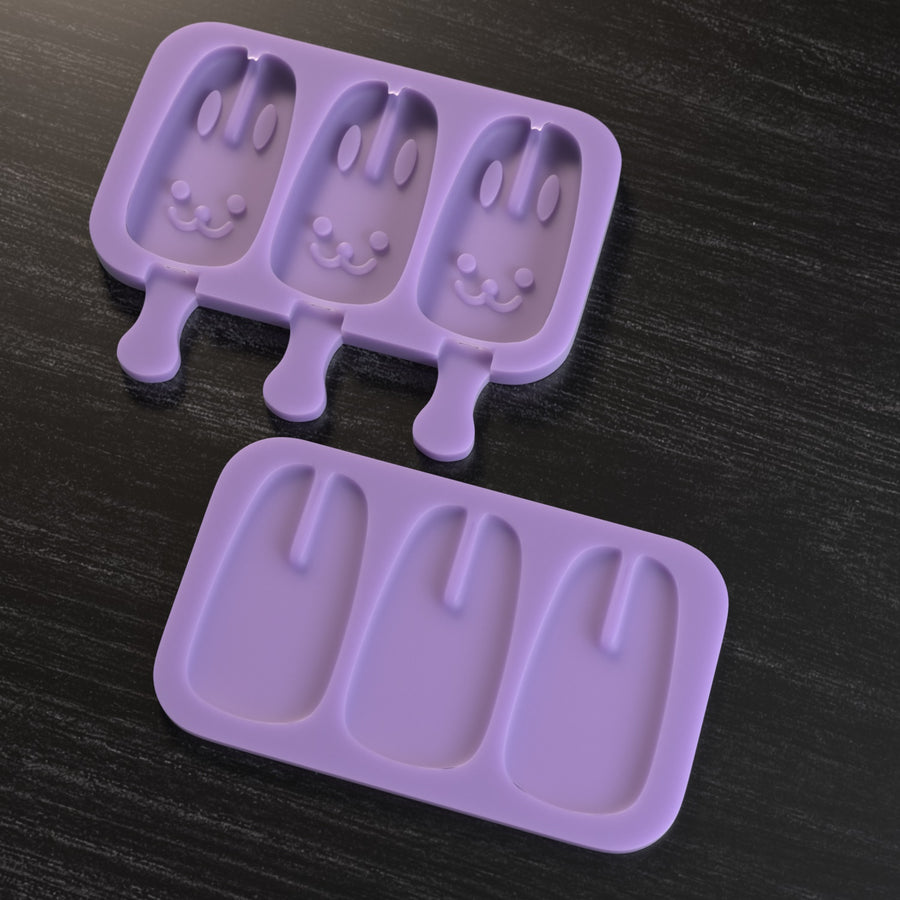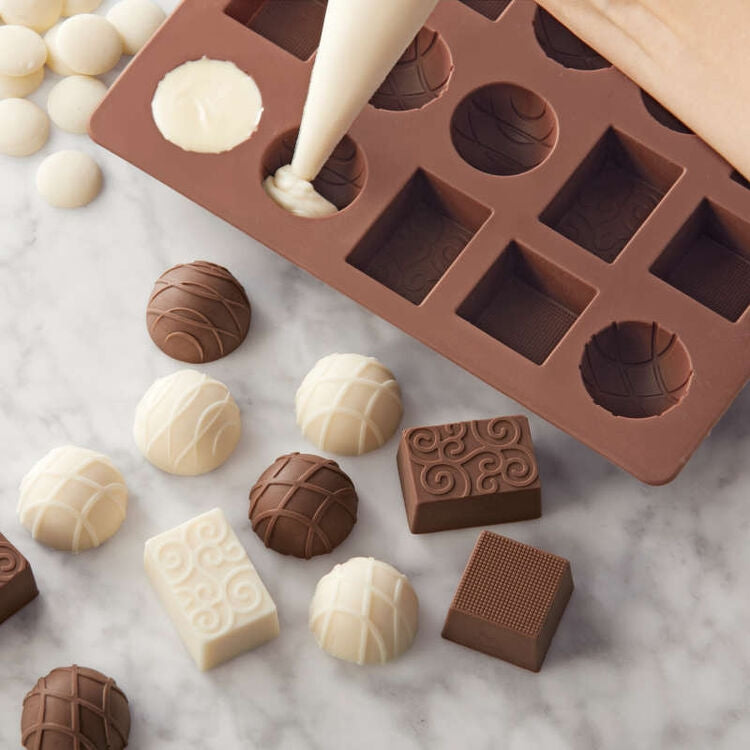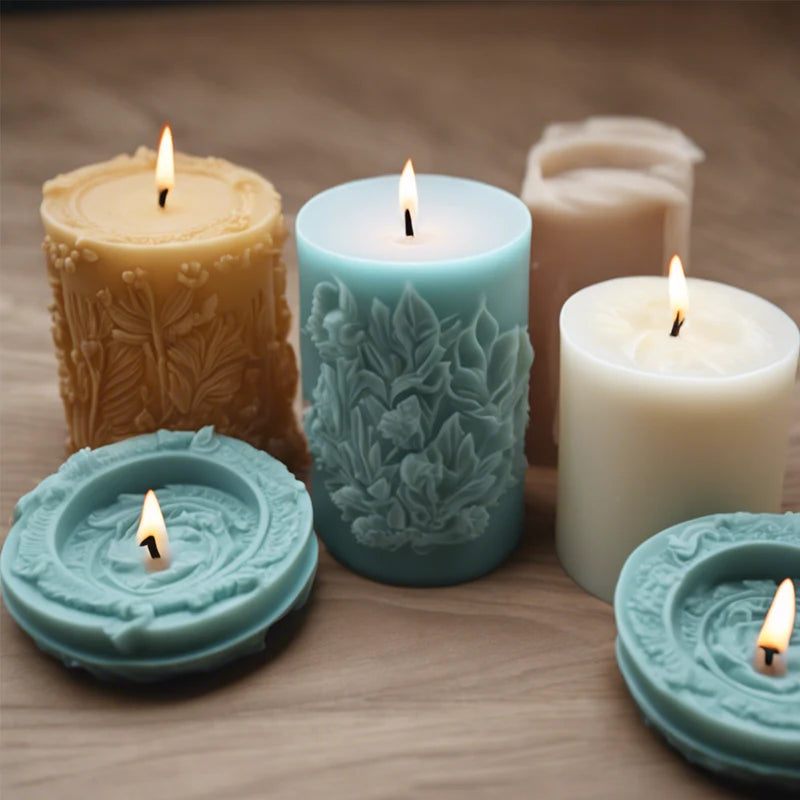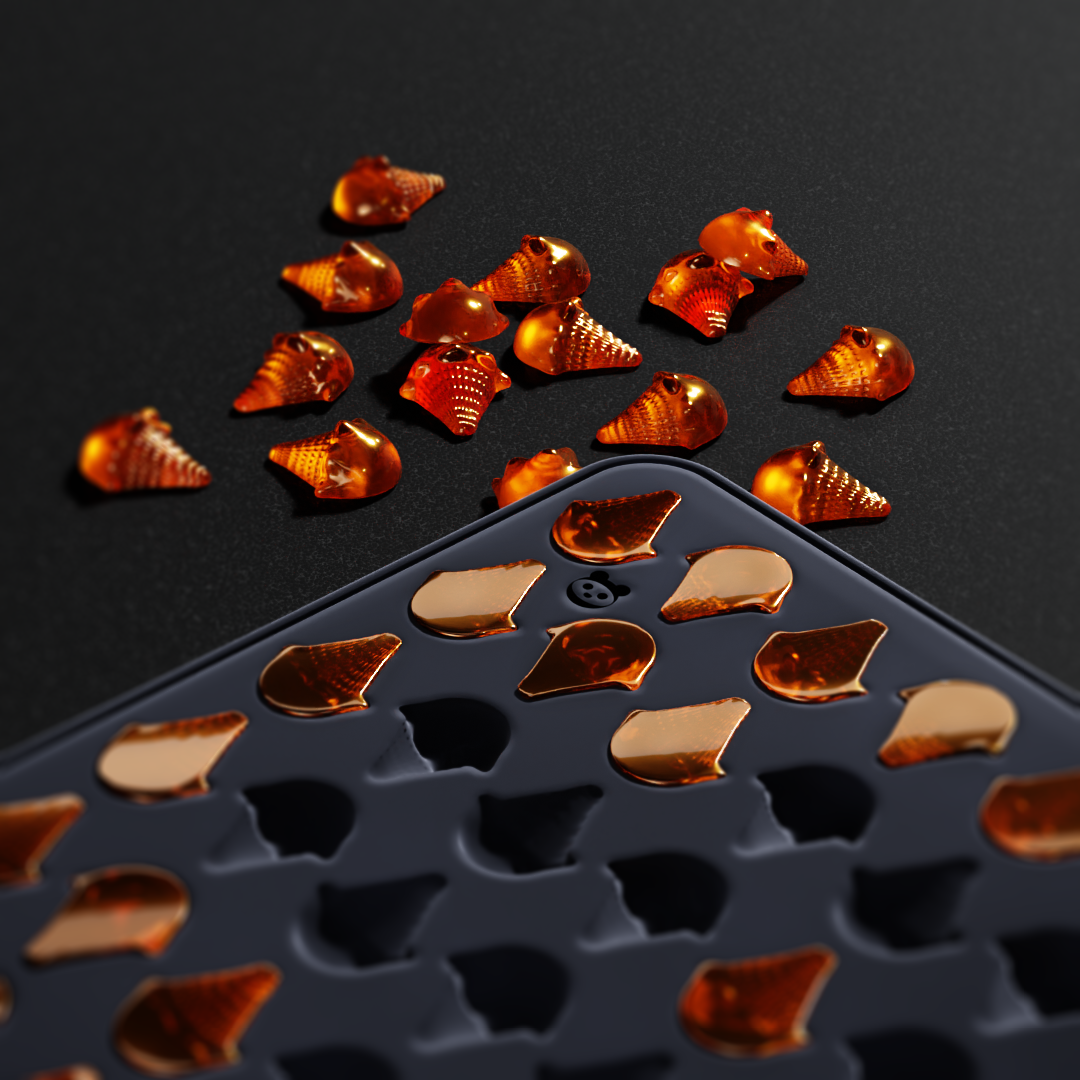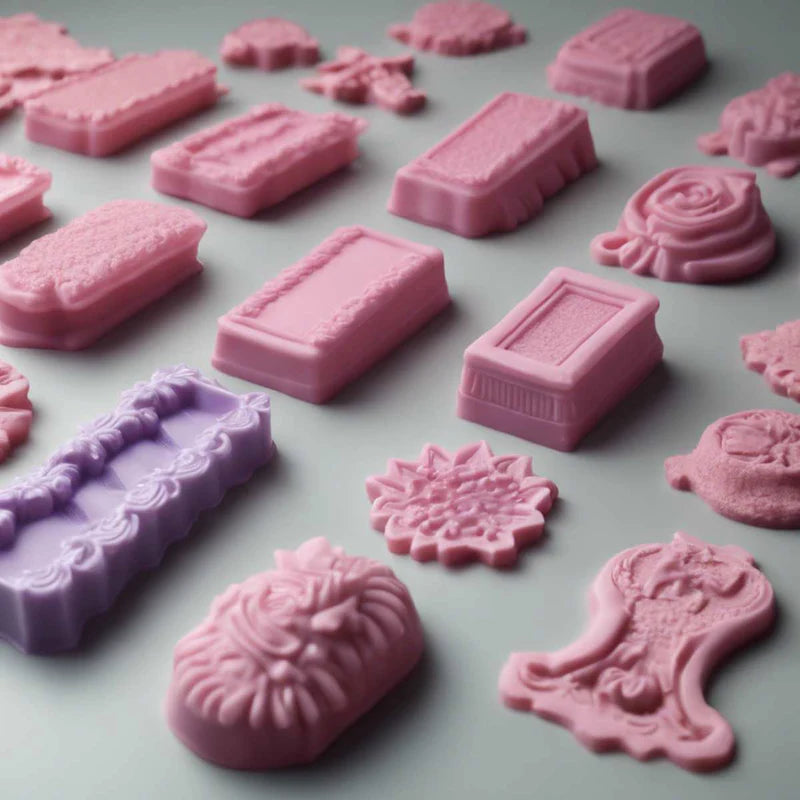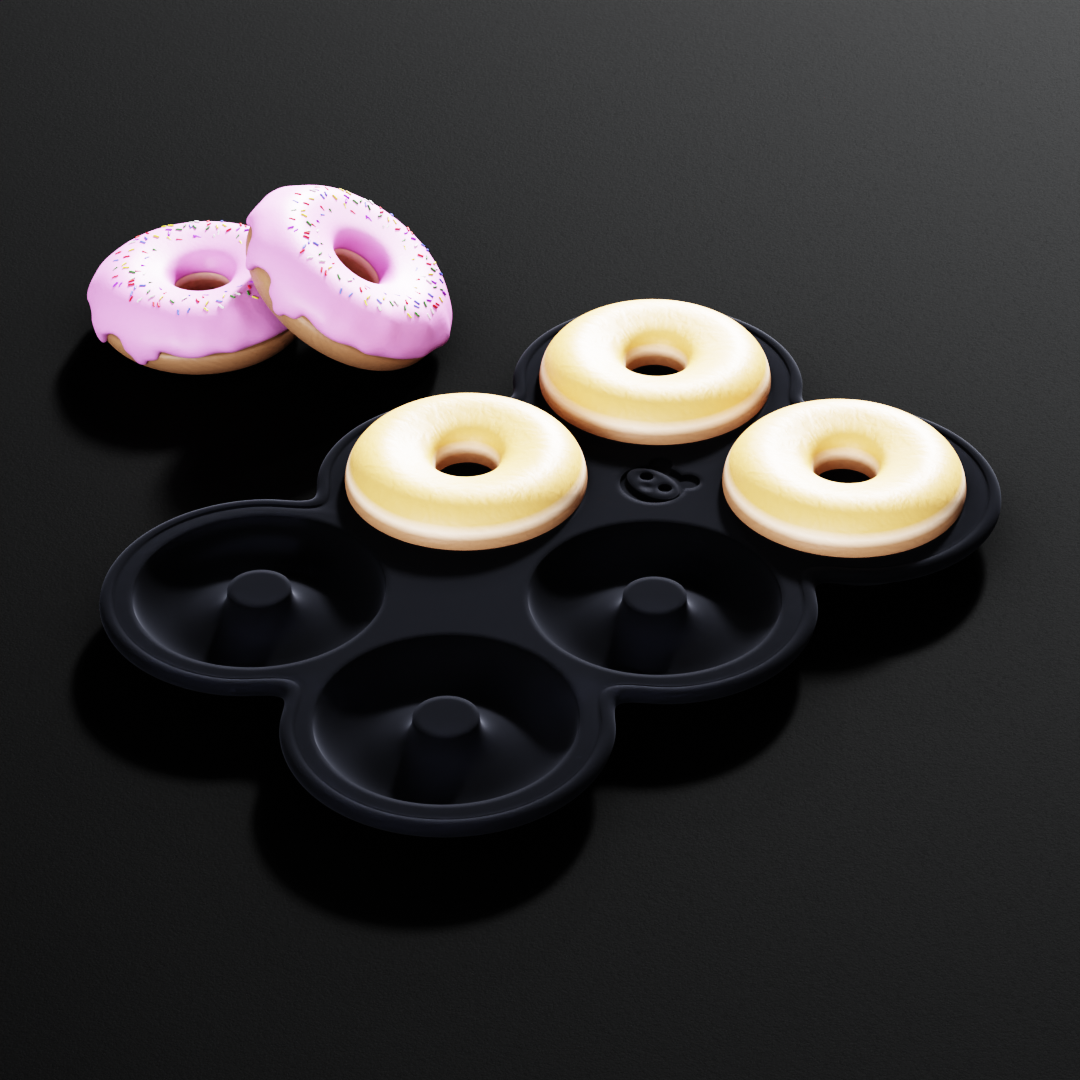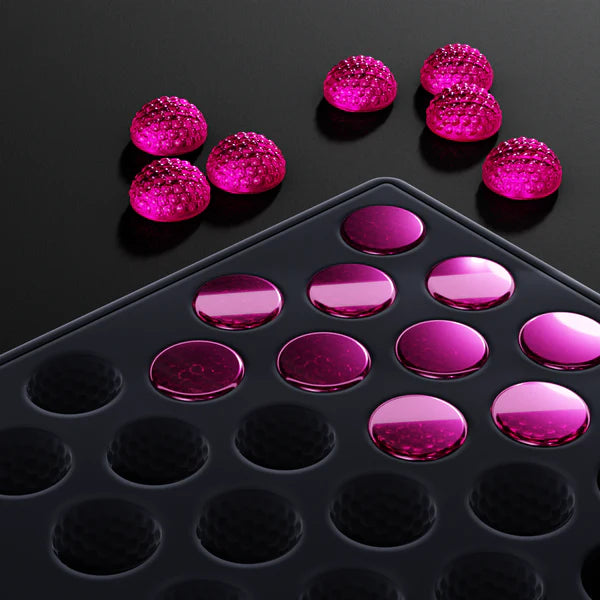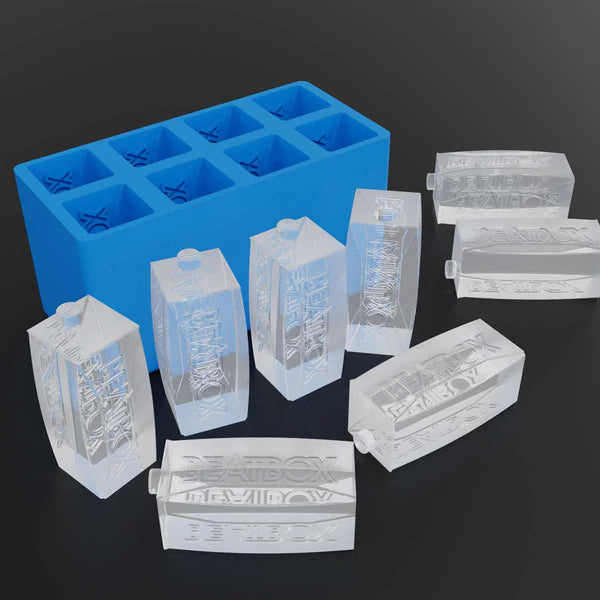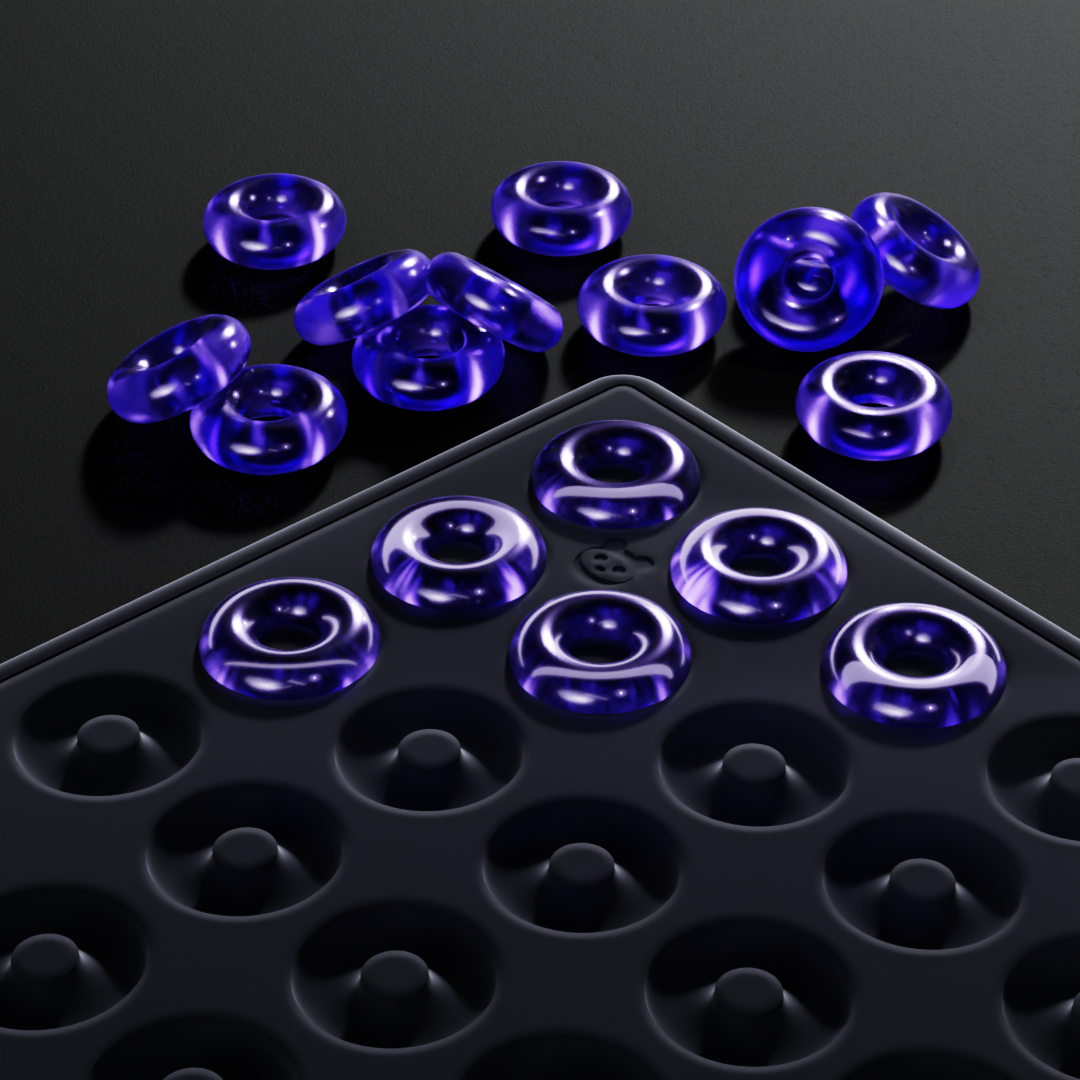How to Clean and Maintain Silicone Molds – Best Cleaning Tips
Silicone molds are a great and convenient tool for baking, crafting, and resin art. They come in various shapes and sizes, allowing you to create a wide range of products. There are different types of custom molds, such as chocolate molds, soap molds, ice cube molds, candy molds, and candle molds. They make the crafting process easy and enjoyable, even for non-professionals. However, to keep them in top shape, regular cleaning and maintenance are essential. Proper care not only extends the lifespan of your molds but also ensures the best results for your projects and maintains hygiene, especially for food-related products.
In this article, we have gathered everything you need to know about cleaning and maintaining your custom silicone molds.

Step-by-Step Guide to Cleaning Silicone Molds
1. Rinse Immediately After Use
As soon as you're done using your mold, rinse it with warm water to remove leftover bits before they harden. This is especially important for baking and resin molds, as dried residue can be harder to remove and may affect the mold's ability to release items smoothly in the future.
2. Use Mild Soap and Warm Water
Use mild dish soap and warm water with a soft sponge or cloth to gently scrub the mold. Avoid rough scrubbers, steel wool, or anything abrasive, as they can scratch and weaken the silicone over time. Be sure to clean every corner and crease to remove any lingering residue.
3. Remove Stubborn Residue with Baking Soda
If grease or stains remain, sprinkle baking soda on the mold and let it sit for a few minutes before scrubbing with a damp sponge. Baking soda is a gentle, natural cleaner that helps break down tough stains and absorb lingering odors without damaging the silicone.
4. Deep Clean with Vinegar Solution
For a deeper clean, soak the mold in a mix of equal parts white vinegar and warm water for about 30 minutes. This method helps eliminate any stubborn grease, remove odors, and sanitize the mold naturally. After soaking, wash with soap and rinse thoroughly.
5. Rinse and Air Dry Completely
After washing, rinse the mold thoroughly with clean water to remove any soap or vinegar residue. Let it air dry completely before storing it, as moisture trapped inside can lead to mold or mildew growth. Placing the mold upside down on a drying rack ensures water drains out properly.
|
Cleaning Method |
Best For |
Pros |
Cons |
|
Mild soap & warm water |
General cleaning |
Gentle & effective |
Takes time |
|
Baking soda & water |
Removing grease & stains |
Natural & non-toxic |
Needs scrubbing |
|
Vinegar soak |
Removing odors |
Kills bacteria & neutralizes smells |
Can leave a vinegar scent |
|
Isopropyl alcohol |
Resin mold cleaning |
Dissolves residue fast |
Not ideal for food molds |
Why Proper Cleaning and Maintenance Matter
Silicone molds are valued for their flexibility, non-stick surface, and durability. However, over time, food, oils, and crafting materials can leave behind residue that affects their performance. Regular cleaning helps to:
-
Prevent residue buildup
-
Maintain flexibility and shape
-
Extend the lifespan of your molds
-
Ensure safe and hygienic use
How to Keep Silicone Molds in Good Condition
1. Avoid Harsh Chemicals
Do not use bleach, strong detergents, or other harsh cleaning agents, as they can degrade the silicone over time and make it brittle or lose its non-stick properties.
2. Keep Away from Sharp Objects
Knives and other sharp tools can easily cut and tear silicone molds, making them unusable. If you need to cut something, transfer it to a different surface instead of cutting inside the mold.
3. Use Safe Temperature Settings
Silicone molds can handle high heat, but exposure to extreme temperatures for extended periods can wear them out faster. Always check the manufacturer’s recommended temperature limit before using them in an oven, microwave, or freezer. For best results, avoid sudden temperature changes, such as moving a mold straight from the freezer to the oven.
Common Mistakes to Avoid
-
Not Cleaning Regularly – Allowing grease and residue to build up makes future cleaning harder and affects the mold’s non-stick properties.
-
Using Rough Scrubbers – Harsh scrubbing can cause tiny scratches, which may lead to damage over time.
-
Storing While Damp – Trapped moisture can result in mold or mildew, leading to unpleasant odors and unsafe conditions.
-
Overstretching the Mold – Excessive pulling or twisting can weaken the structure, causing it to lose its shape and affect how it releases items.
Frequently Asked Questions
Are silicone molds safe for food use?
Not all silicone molds are food-safe, but Create Custom Molds are made from high-quality, food-safe materials and follow strict FDA-approved standards. They do not release harmful chemicals when used within recommended temperature limits, ensuring safe use for baking and food preparation.
Why are silicone molds the most popular?
Silicone molds have gained popularity due to their superior flexibility, non-stick nature, and long-lasting durability. Unlike traditional metal or plastic molds, they eliminate the hassle of struggling to remove finished products, whether you're working with baked goods, resin art, or soap. Their heat and cold resistance make them a go-to option for diverse applications, from baking cakes and chocolates to molding resin and candles. Additionally, custom silicone molds offer a tailored solution for unique projects, allowing users to create intricate designs with precision. They are lightweight, easy to store, and require minimal preparation before use, making them ideal for both professionals and hobbyists.
Can silicone molds go in the dishwasher?
Yes, most silicone molds are dishwasher-safe. However, washing them by hand with mild soap and warm water helps extend their lifespan.
Why does my silicone mold have a greasy residue after washing?
Silicone molds can sometimes retain oils from food. Washing with baking soda or soaking in vinegar can help remove greasy residue.
Can I use silicone molds in the oven?
Yes, silicone molds are heat-resistant and safe for use in the oven. Always check the manufacturer's recommended temperature limit before use.
How do I remove odors from silicone molds?
Soaking molds in a vinegar and water solution or baking them in a low-temperature oven for 10-15 minutes can help eliminate odors.
Do Silicone Molds Need to be Oiled?
Silicone molds are naturally non-stick, so in most cases, they do not need to be oiled before use. However, for specific recipes or projects, a light oil coating can help improve release, especially when working with very sticky ingredients like caramel, chocolate, or high-sugar batters. If you notice food sticking after repeated use, lightly greasing the mold with cooking spray or a small amount of oil can restore its non-stick performance. No oiling is necessary for non-food applications like resin or soap making, as the materials naturally release once cured.
How do I prevent my mold from getting sticky?
Regular cleaning, proper drying, and using a light oil coating when necessary can help keep molds from getting sticky.
Conclusion
Keeping your silicone molds clean and well-maintained will help them last for years while ensuring they remain easy to use and hygienic. A little care goes a long way in preserving their flexibility, non-stick qualities, and overall effectiveness. Whether you’re baking, crafting, or making soap, taking the time to clean and store your molds properly will guarantee the best results every time.
